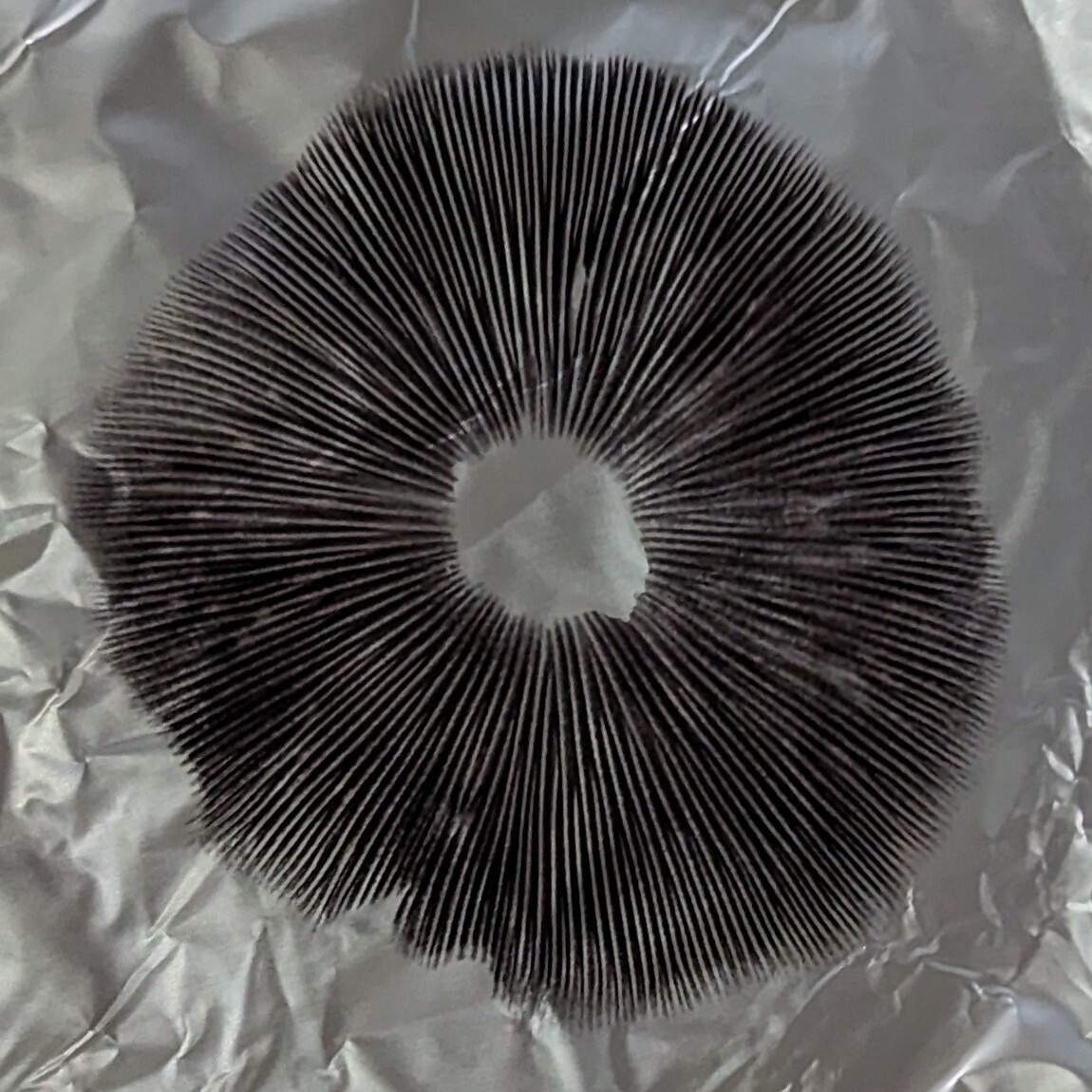Anyone know more about the cause? It’s happened to me a couple times with cultures that proved clean. My best guess is temperature fluctuation, it’s pretty hot here
Looking into it, I found the following paper:
Edelstein, L., and L. A. Segel. “Growth and metabolism in mycelial fungi.” Journal of Theoretical Biology 104.2 (1983): 187-210.
In page 204 it is proposed that this form of growth can occur when the concentration of nutrients in the medium falls within a narrow range. If the nutrient density falls within a range, then the densely growing edge locally depletes the nutrients enough to trigger a metabolic switch that slows down the dense growth and favors outward growth, so the colony produces thinner mycelium that moves into more fertile ground with a higher nutrient density. Arriving at the more nutrient rich region triggers the metabolic switch again and causes the mycelium to grow thicker again, re-starting the cycle.
But it is a very reasonable suggestion that temperature fluctuations - and not the nutrient depletion - is what is triggering the metabolic switch in this case. Especially if you usually follow the same recipe when making the agar plates and most of the colonies don’t show this behavior. The paper that I cited is nice in that it provides a quantitative description about how to model the growth of the mycelium colony. But it is also a bit old - there may be more modern work with a more detailed explanation.
that’s so interesting! i do tend to just eyeball my agar mix now, so it’s possible i used more agar than nutrients this batch. i found a write-up from 1999 supporting the same idea, saying that if the media has minimal nutrients the mycelia will compete more, and whether their cells are connected tangentially or radially will determine the pattern created from that competition. so, a little bit of genetics in there too
Bezzi, M., Ciliberto, A. & Mengoni, A. Pattern Formation by Competition: A Biological Example. Journal of Biological Physics 25, 279–288 (1999). https://doi.org/10.1023/A:1005192817264


